What Is The Difference Between A Walking Trail And A Hiking Trail?
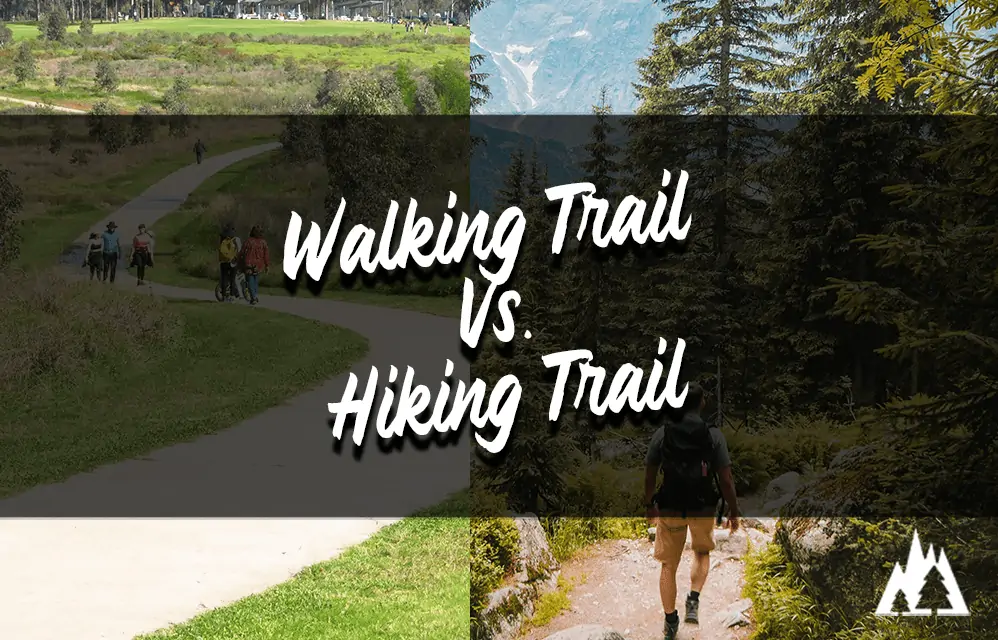
So what is the difference between a walking trail and a hiking trail? As basic as it sounds, there are differences between the two.
Walking trails are designated paths in either an urban setting or in nature. They can be paved or unpaved and flat enough so that you can walk without any difficulty. These trails will usually take you to a predetermined destination.
Hiking trails are unpaved dirt or gravel trails that are off the beaten path.
Trails that you can only find in nature. Some are guided by signs, while others are guided by curiosity and adventure.
Depending on the level of difficulty and elevation changes, some hikes will require additional hiking gear to trek safely through wilderness areas.
So what do I consider a walking trail?
- A sidewalk in a city’s downtown area
- A flat, dirt fire road along the foothill of a mountain
- A sidewalk path that curves throughout a park
All these trails are leading me somewhere that I’m expecting to go. That’s my definition of a walking trail.
What do I consider a hiking trail?
- Any unpaved trail in nature, intentionally or unintentionally, designed for hikers.
And although some hiking trails are designated routes specifically for hikers, there won’t be any maintained structure along the route.
Knowing what to expect from each path type is essential for any outdoor enthusiast.
Whether you’re just starting out or an experienced hiker, understanding the differences between these two trails can help you make more informed decisions when planning your next outing.
I’ll discuss the key distinctions between walking trails and hiking trails, as well as their benefits for beginner hikers, in more detail below.
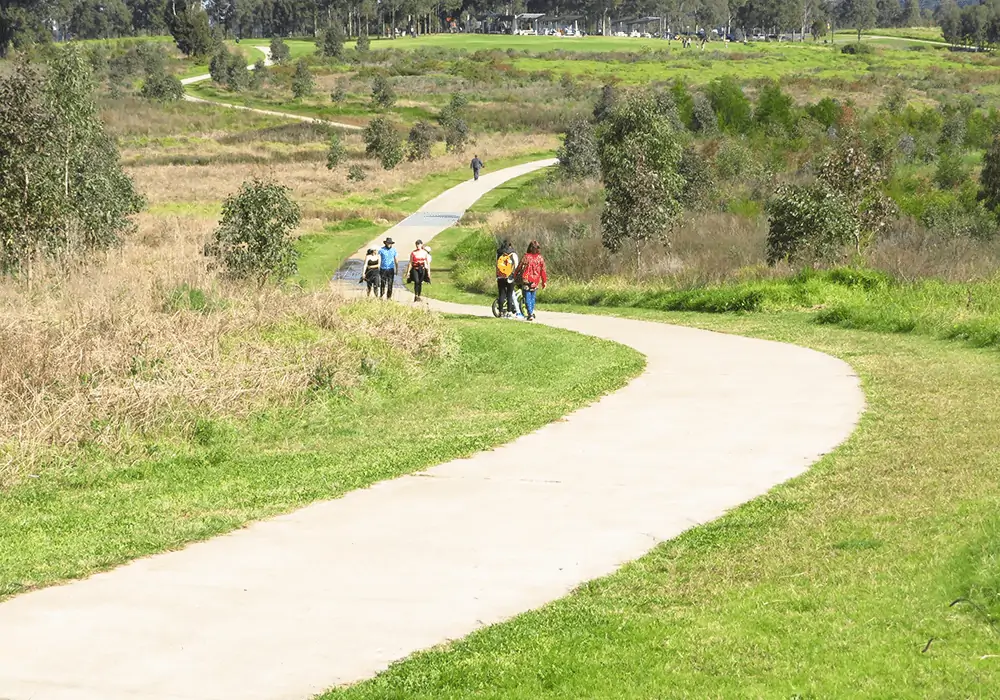
What is a Walking Trail?
A walking trail is a path or route designed for people to walk on. It can be found in parks, forests, and other outdoor areas.
Walking trails are typically marked with signs indicating the trail’s distance and direction. They usually have wide dirt, gravel, grass, or pavement paths.
Hikers often use walking trails to explore an area without worrying about getting lost or going off-trail.
They also provide easy access for those who cannot hike long distances due to physical limitations such as age or disability.
The terrain covered by a walking trail varies depending on its location and purpose. In some cases, it may just follow flat ground, while in others, it could go up steep hillsides or through rocky terrain like mountainside cliffs.
Some trails even cross streams and rivers, which require special care when crossing them safely.
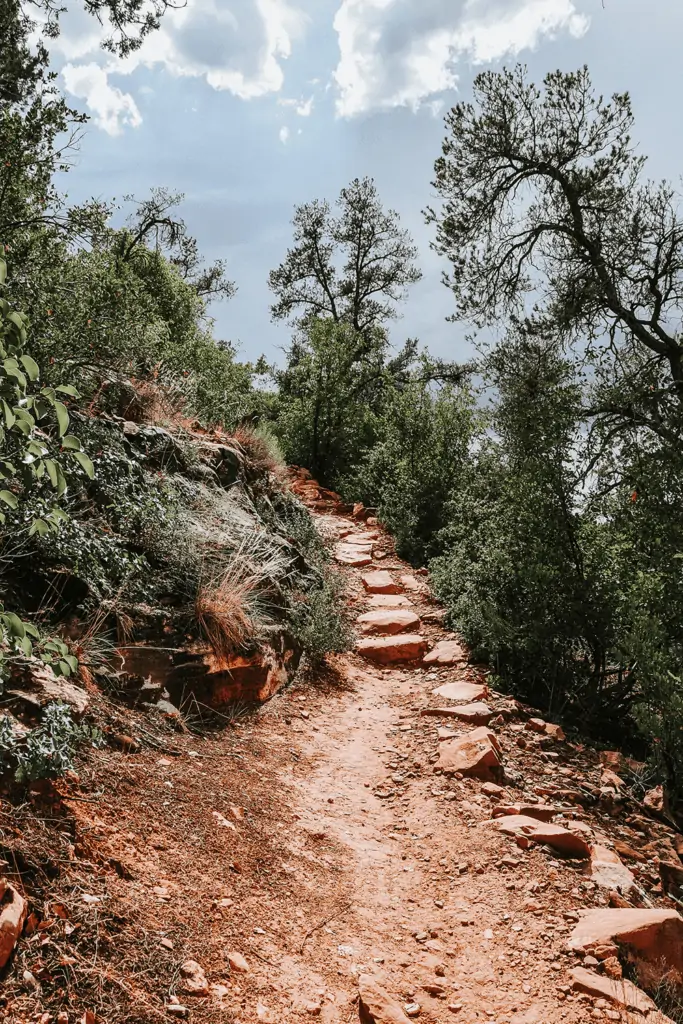
What is a Hiking Trail?
Hiking trails are similar to walking trails but offer more challenging terrain than their counterparts do.
These paths often take you into remote areas where you will be surrounded by nature’s beauty – something that can’t always be experienced from the comfort of your car window.
Hiking trails tend to cover longer distances than walking ones, so they require more stamina and endurance from those using them; however, this also means plenty of opportunities for adventure along the way.
The terrain covered by these routes varies greatly depending on their location. Generally, it includes steeper inclines/declines and rocky surfaces, which require extra caution when traversing them safely.
Unlike walking trails which usually stay close enough together so that one does not get lost easily, hiking routes tend to spread out over large areas making navigation much more difficult if one gets off track (which is why many hikers bring maps!). Additionally, these paths often lead through dense vegetation such as thickets which make progress slow going at times but still worth exploring nonetheless!
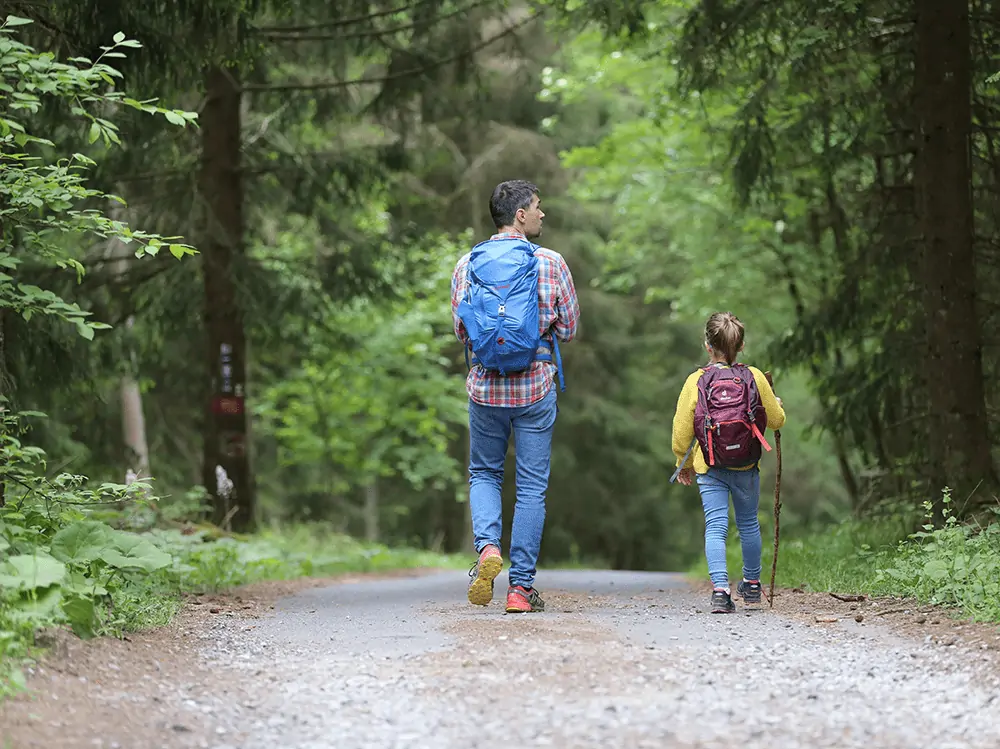
Benefits Of Walking Trails
Taking walks on designated pathways offers several advantages over simply strolling down sidewalks or streets in urban settings.
Especially if you’re looking for some peace and quiet away from everyday life.
For starters, these pathways tend to have fewer obstacles like cars parked along curbsides, meaning less chance of tripping over something unexpected while enjoying your stroll outdoors.
Secondly, most parks feature benches alongside their respective walkways allowing visitors to rest during longer treks around scenic landscapes, providing ample opportunity for relaxation.
Finally, since many cities now designate certain portions within public spaces specifically for pedestrians only (such as pedestrian malls), this allows individuals greater freedom when deciding how far they wish to travel without worrying about traffic congestion.
So to sum it up, it’s a way to get in a little exercise without having to worry too much about external forces such as cars, unlevel terrain, and getting lost.
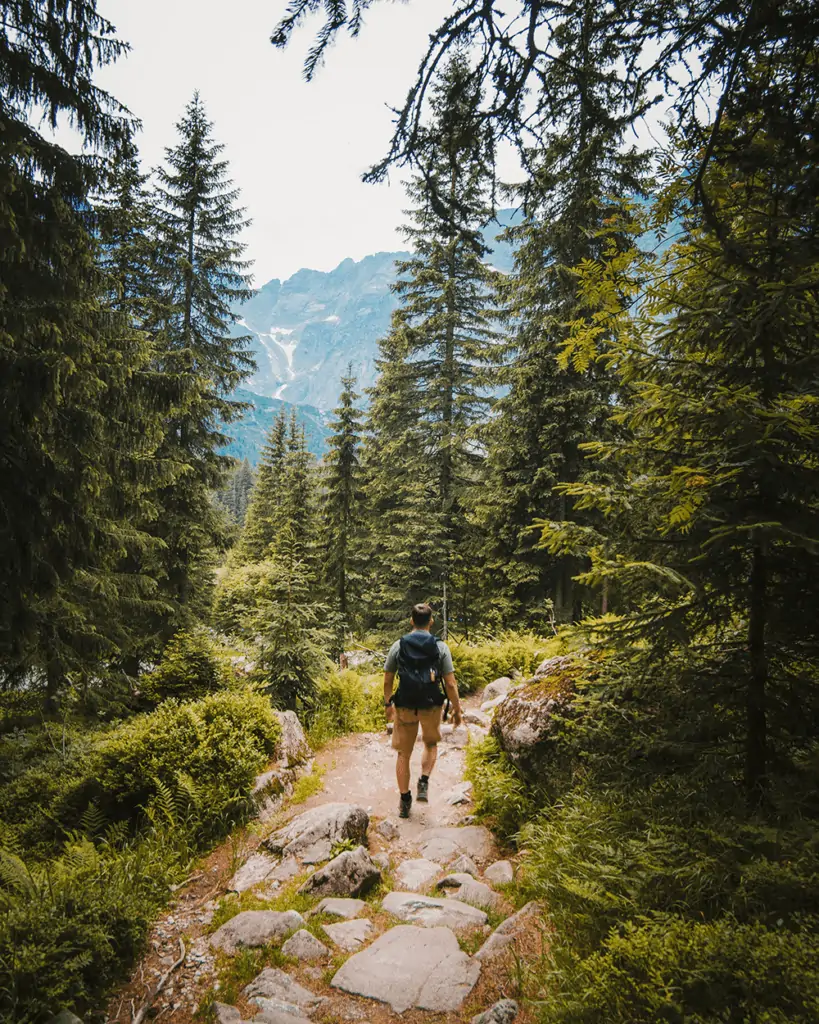
Benefits Of Hiking Trails
For those seeking an even greater escape from everyday life, consider embarking upon a hiking expedition instead.
Why? Because unlike simple strolls around city blocks, hikes allow adventurers to traverse further into nature, where one can truly appreciate its beauty firsthand.
Hiking offers numerous advantages, including increased cardiovascular health due, enhanced mental clarity, and not to mention spectacular views rarely seen elsewhere.
And since most national parks nowadays provide detailed maps outlining various routes available throughout each region, this makes planning easier, enabling travelers to plan accordingly before setting out, thereby reducing chances of becoming disoriented during extended excursions across unfamiliar lands.
Choosing Between Walking & Hiking Trails
When selecting between different types of outdoor activities, whether taking leisurely strolls around town or tackling rugged mountain passes via lengthy hikes, it ultimately comes down to personal preference based upon the desired outcomes sought in a given situation.
For instance, someone wanting to break away from stress-filled days might opt for shorter outings to nearby parks.
While another person seeking physical challenge would likely choose the latter option involving multiple-day expeditions deep into the wilderness respectively.
Therefore, no matter the choice, ensure proper preparations are taken beforehand, ensuring a safe return home afterward, regardless of the chosen destination.
I personally do both.
Whenever I’m short on time, I’d throw on a pair of running shoes and take a 1-2 mile walk around the neighborhood.
On the weekends, I would lace my hiking boots on and drive to our local trails for a 3-4 mile hike.
And before you go, don’t forget to check out these hiking resources that will get the novice hiker trail-ready in no time:






